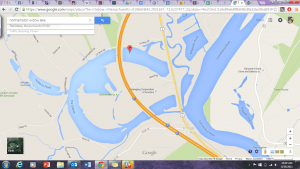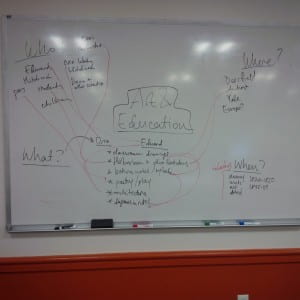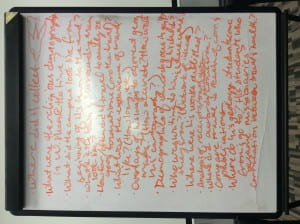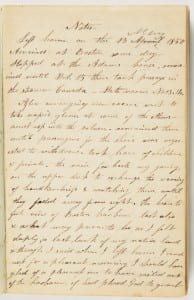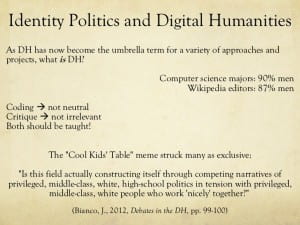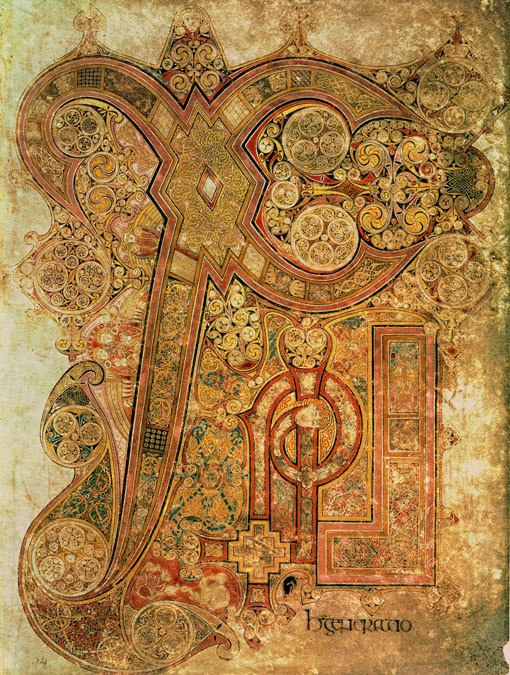(The tornado is the looming deadline that is this Friday. I am the one laughing. Hopefully I am the one laughing. Hopefully.)
Blog Post: Consider the differences between digital and traditional scholarship, drawing from your experiences over the summer and in your previous academic life.
My research seems the most traditional of the group; my research and information-gathering has reached a very usual process and conclusion: sit, read things, gather information, try to reach an end point that explains all the work done before. I met with Kelcy and Sarah about this sudden stop-point. I wasn’t feeling too excited about the only possible way to show my data-gathering over the last couple weeks. In any other situation, I would condense all my notes and thoughts into an essay. Because this is digital scholarship, I want to at least try and use some interesting methodology, some tool that would make this information visible ~in a new light~. After much brooding over Neatline, ArcGIS, and Omeka, my dissatisfaction with each of the methodologies stemmed that I was trying to change my information for the tool, not the other way around. I was considering using the tools for the sake of the tool – that was definitely out of line from the general guidelines we drew up during the first couple weeks of the internship: the tool was meant to enhance the data, not the data existing for the sake of the tool. So out go all those ways of showing the data: Neatline was cool, but I see no reason to use a geographical tool for 4 buildings on the same small plot of land. :/ ArcGIS was just WAY to big and extensive for the small project I aiming for. Omeka… is… Omeka… Just… Look at it and know that it is not am appealing project host…
I had accepted my not-too-interesting project format. If the natural traditional form of my research would be an essay, the natural digital form would be an exhibit. With the incredibly visual focus of the collecction and the archive in general, this is a path that works. The WordPress theme we have chosen – Pond – has a gallery feature that can function as an exhibit.
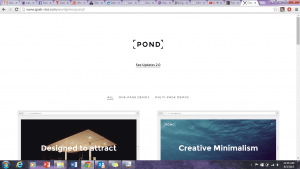
(Ive just realized this post has no bulletpoints. Go me.)
From my conversation with Kelcy and Sarah I also narrowed my scope once more, going from 11 buildings constructed during Hitchcock’s time at Amherst to 4 that are the most interesting examples of his impact on architecture (Morgan Library, Appleton Cabinet, the President’s House, and the Octagon) to just one – the Octagon. (The process reminded me quite a lot of the phrase “You could stop at five or six stores… or just one“)
So my choice is now only one. The most interesting one. The most ~*^iconic^*~ one (I guess living on campus really dulls your appreciation for the aesthetics of the more common wow-architecture? I remember arriving and being like “Wow! Octagon!” and that is definitely no longer the case).
Anyways, I am now completely narrowing down. Putting that info in with gr8 pictures. Finding some conclusions about Hitch’s involvement into WordPress. Yes. That is the plan.
m/






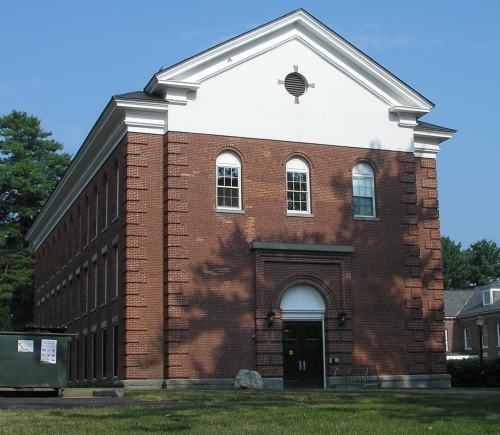
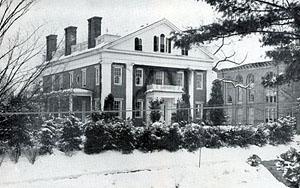
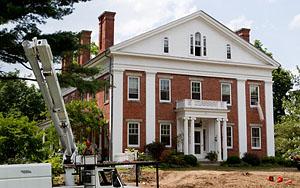

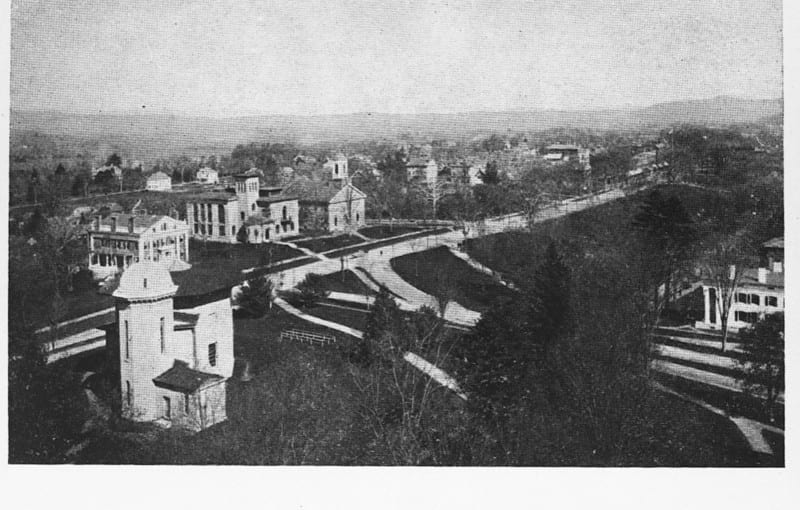

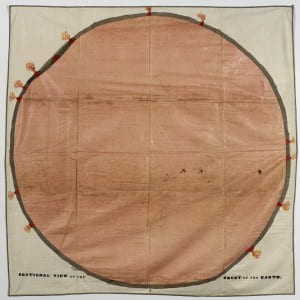
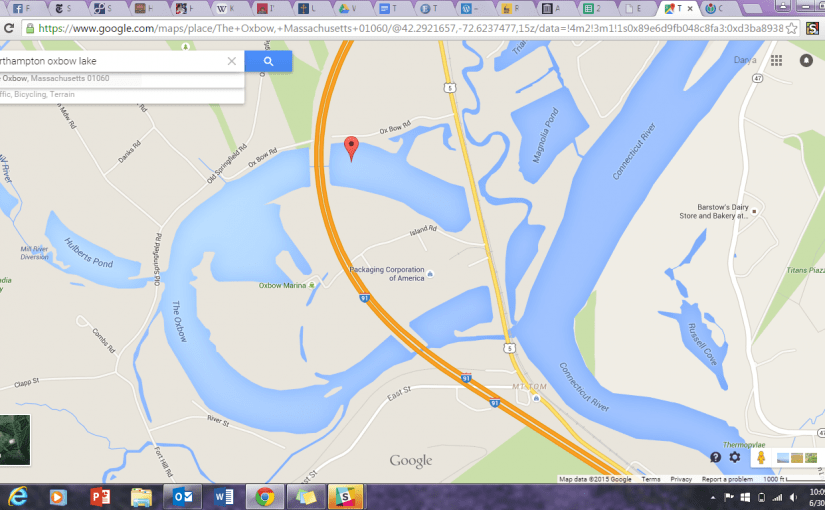
.jpg)

